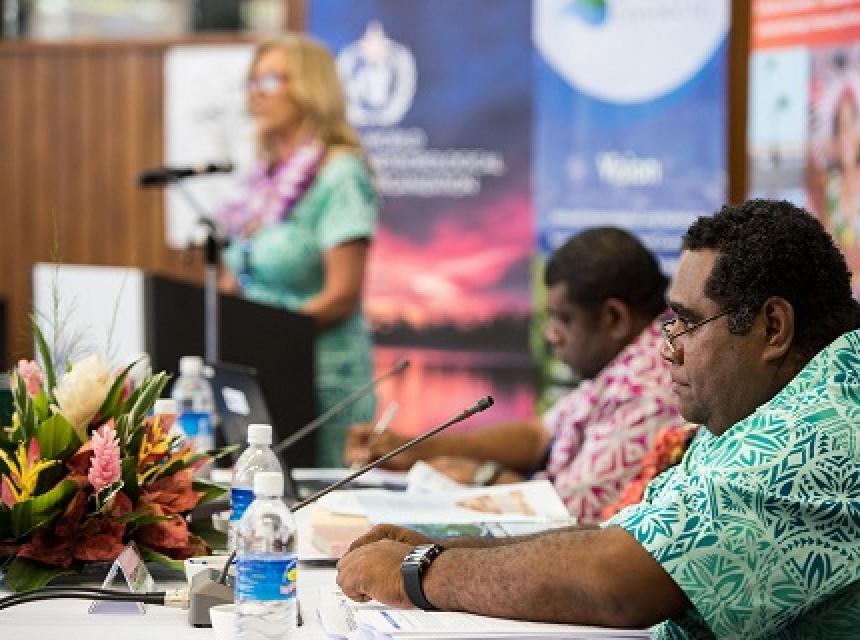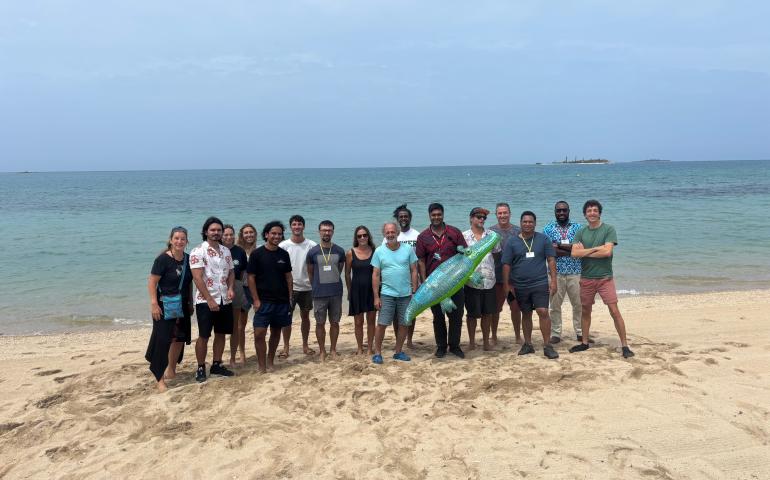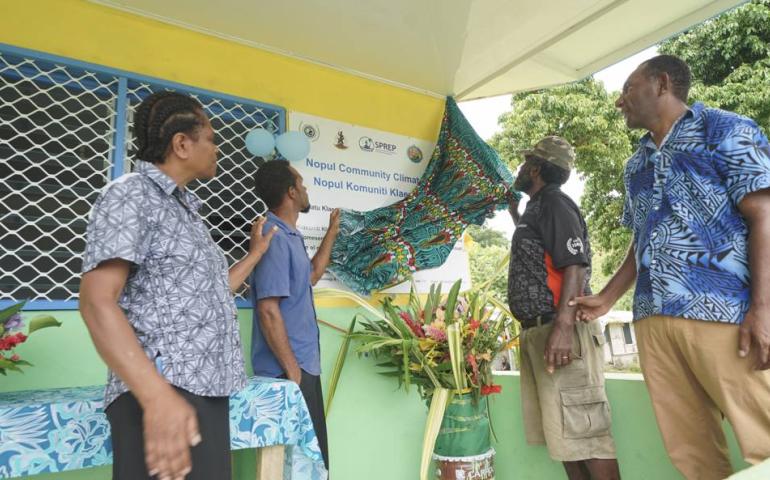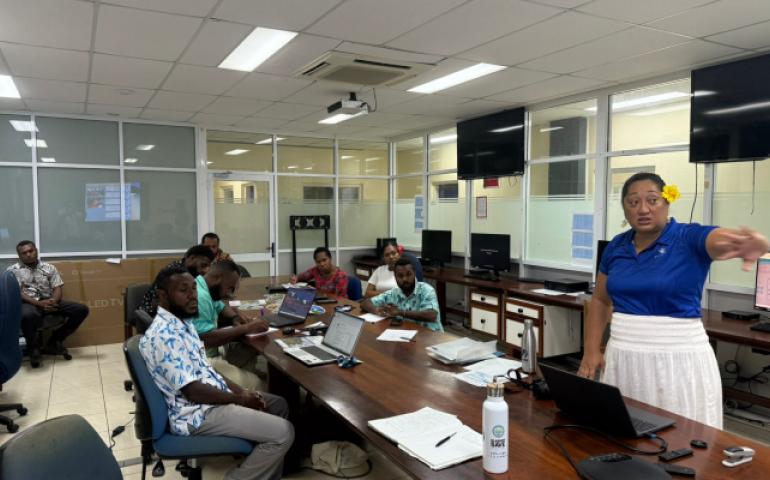Solomon Islands push to improve early warning system
By Ben Bilua of Island Sun Newspaper, Solomon Islands
15 August, 2017, Honiara, Solomon Islands, PMC-4 – The Director of Solomon Islands Meteorology Service says the government is pushing to improve the country’s early warning systems.
Reporting back to the 4th Pacific Meteorological Council in Honiara this week, Mr Lloyd Tahani said national service’s achievements include infrastructure development, improved early warning systems through the installation of rain and tide gauges, staff capacity building and providing services to other stakeholders.
Mr Tahani said Solomon Islands infrastructure observation network had improved since 2014, thanks to a United Nation’s Development Programmme’s project, Resilience in the Pacific (SIDS) otherwise known as RESPAC.
He said early warning devices such as rain gauges and tide gauges were being installed throughout the country as part of an effort to improve early warning system.
Mr Tahani said the devices not only provided weather updates but also information that were tailored to other stakeholders such as agriculture, water resources and health sector.
He said Solomon Islands meteorology (climate section) had forged partnership programmes with other Government ministries and also non-government organisations to implement some of the programmes related to weather and community resilience.
“One example is our special collaboration with Solomon Islands Ministry of Health and Medical Services on malaria forecast, where we provide malaria forecast updates for the health sector.
“This forecast is mainly measuring rainfalls and with records of rainfall per season, we can make approximation on possible breeding of mosquitos,” Mr Tahani said.
He said Solomon Islands Met Service also worked with Solomon Islands Red Cross on early warning systems.
Mr Tahani said the programme also reached out to disaster-prone communities that are living close to rivers in Honiara.
He said that project was supported by the Secretariat of Pacific Regional Environment Programme through funds from Finnish-Pacific Project (FINPAC).
Meanwhile Mr Tahani said Solomon Islands Meteorological Service was also improving its seismic systems with the help of Republic of China Taiwan.
He said a Memorandum of Understanding had been signed between Solomon Islands Government and Taiwan to seal the partnership.
Commenting on human resource development, Mr Tahani said Solomon Islands was also building the capacity of its staff, especially in forecasting and climate services.
He also acknowledged donor partners that have supported Solomon Islands Met Services. - #PMC4 #PacificMet
The Fourth Pacific Meteorological Council is being held in Honiara, Solomon Islands from the 14 – 17 August co-hosted by the government of Solomon Islands, the Secretariat of the Pacific Regional Environment Programme (SPREP) and World Meteorological Organization (WMO). This will followed by the Second Pacific Meteorological Ministers Meeting (PMMM) on the 18 of August.
The PMC and PMMM is supported by the Government of Solomon Islands, SPREP, WMO, Government of Australia through the Climate and Oceans Support Programme (COSPPac) and Pacific Australia Climate Change Science and Adaptation Planning Programme (PACCSAP), Government of Finland, National Ocean and Atmospheric Administration (NOAA), United Nations Development Programme through the Resilience in the Pacific (SIDS) project.
The PMC consists of members of the Pacific National Meteorological and Hydrological Services supported by its technical partners, regional organisations, non-government organisations and private sectors.
This article was developed by a Pacific Media Team of Reporters currently providing coverage on the Fourth Pacific Meteorological Council in Solomon Islands. This activity coordinated by SPREP is supported by a partnership between the Government of Solomon Islands, SPREP, Australia funded project (Climate and Oceans Support Program (COSPPac) and UNDP Disaster for Pacific SIDS (RESPAC) project.
The views and opinions expressed in this article are those of the writer and do not necessarily reflect the views of the Secretariat of the Pacific Regional Environment Programme (SPREP) or the United Nations Development Programme (UNDP)both of which provided funding for generating media articles.
- Log in to post comments




